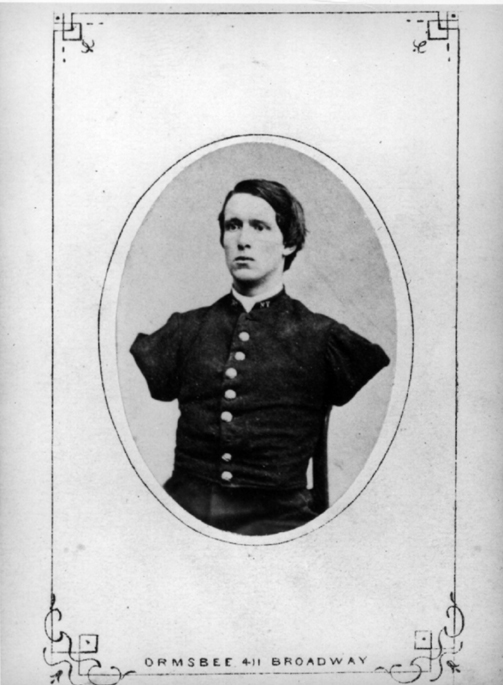Since I'm on vacation, I can actually post to the blog during the day. Here's an announcement that Andrea wanted up:Announcing the 6th Annual Joint Atlantic Seminar for the History of
Medicine, to be held the weekend of September 26-27, 2008, and hosted
by the Section of the History of Medicine and the Program in the
History of Science and Medicine at Yale University in New Haven, CT.
The seminar is organized and coordinated by graduate students across
North America working in fields related to the history of medicine.
Our mission is to foster a sense of community and provide a forum for
sharing and critiquing graduate research by peers from a variety of
institutions and backgrounds.
There is no fee for the Seminar, but registration is required.
The deadline for registration is September 10, 2008.
Please email Julia Irwin at JASMed2008@gmail.com to register.
For further information, see our website at
www.jointatlantic.org











